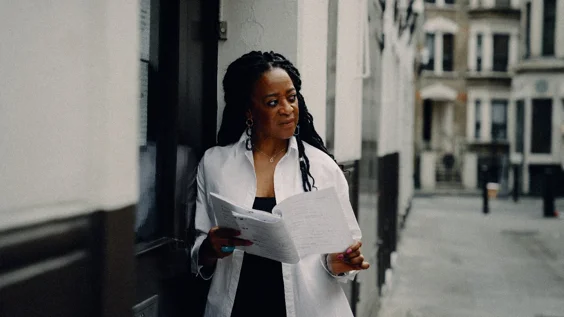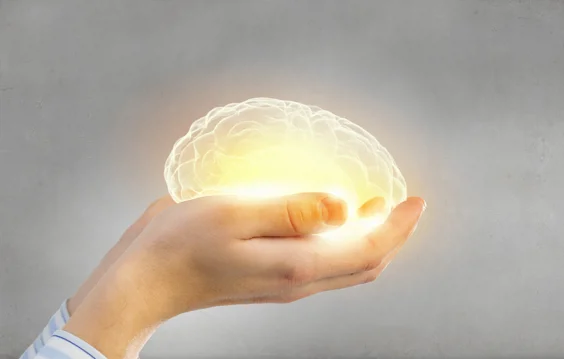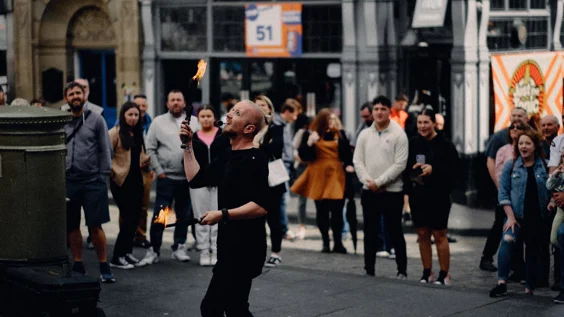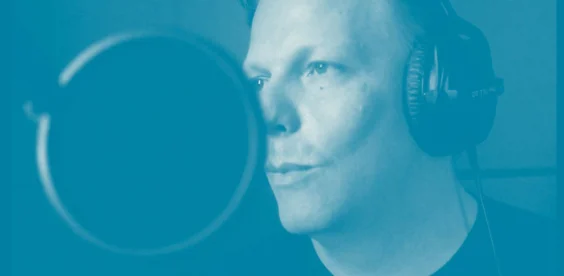Different areas of games work
There are many different areas of work involved in the production of games. This includes:
- Animation: responsible for animating the characters and other elements of the in-game environment
- Art: responsible for creating 2D concepts or 3D models for characters, creatures and environments.
- Audio: responsible for the soundscape; recording sounds, voice actors and music, edits, designs, and mixes, and the implementation of the game
- Brand & Marketing: responsible for creative camping for defined audiences about key aspects of the game using social media, reviews, adverts, online communities, dedicate game website, sales platform, and face-to-face events
- Composer: creates the musical scores for the game.
- Design: responsible for defining the rules of the game and game world, narrative, and overseeing creative development from concept to release and beyond.
- Narrative: responsible for overseeing overall story including the interaction with the story from players, character arcs, game and level design and integration of cinematic elements and gameplay.
- Performance: responsible for delivering voice and/or captured performances that bring to life the characters of the game
- Production: responsible for organising the creation of the game, overseeing the games development, and project managing from a business and financial perspective
- Programming: responsible for writing the code to bring the game, feature, or service to life, making a playable/usable build
- Writer: responsible for building the narrative world of the game, including the structure, dialogue, history, lore and mythology.
- Quality Assurance: responsible for ensuring product quality data, such as bugs, errors, test output results and user feedback, are found and communications through the development
The role of a video game performer
There are thousands of performers around the world working in games who are a vital part of the industry. Below are the different types of video games work available for performers.
- Motion Capture (“Mocap”): This term covers body capture only. The recording of physicality by a professional performer. The performance is recorded as data which is then processed to create an altered and/or enhanced image of human or non-human forms.
- Performance capture (“P-cap”): This term covers the recording of physicality (as above) as well as voice and facial performances using a head-mounted camera (HMC). The facial performance is for animation reference and guidance only and this does not include performer likeness.
- Voice / Voice Over: The recording of a vocal performance in a voice-specific studio.
- Voice and facial capture (“Vocap”): The recording of a vocal performance in a voice studio or performance capture volume, plus capture of the facial performance using a head-mounted camera (HMC). No body performance captured.
- Likeness scanning: The process of digitally scanning a performer's face and/or body to aid or instruct the character design. Contracts should distinguish whether true likeness will be used or whether the likeness will be altered or enhanced in character.



